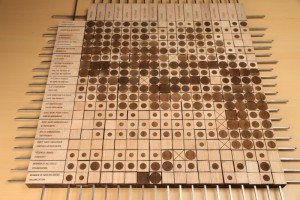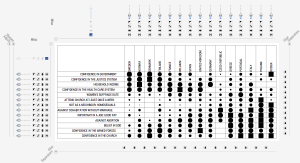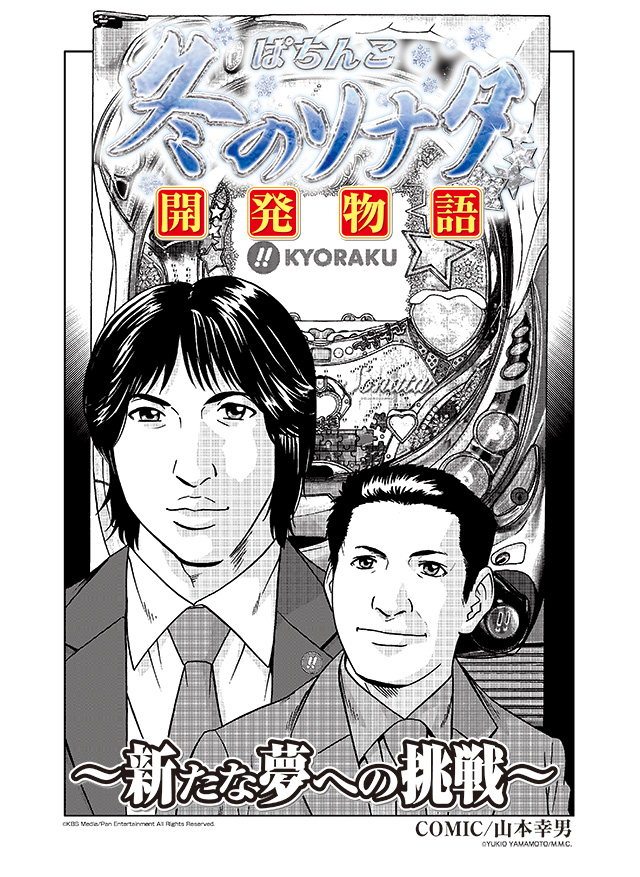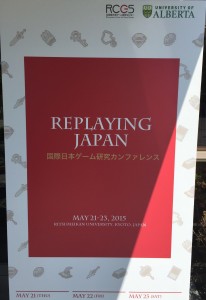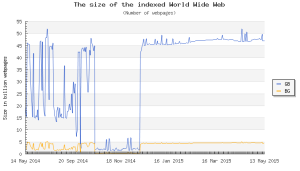We have recently deposited two research archives here at the University of Alberta. One is the John B. Smith Archive. You can download bundles or the complete archive which can be found at http://hdl.handle.net/10402/era.41201. Amy Dyrbye and I worked with John B. Smith to assemble this, document it and deposit it in ERA (the Education and Research Archive).
Another archive that we are building is a collection around Gamergate. The DOI for this is:
doi:10.7939/DVN/10253
For this we are using Dataverse that allows us to manage the archive and publish some parts or not.
Given the work that goes into developing and documenting these archives I would argue that they should be considered scholarly work, but that is another matter.
